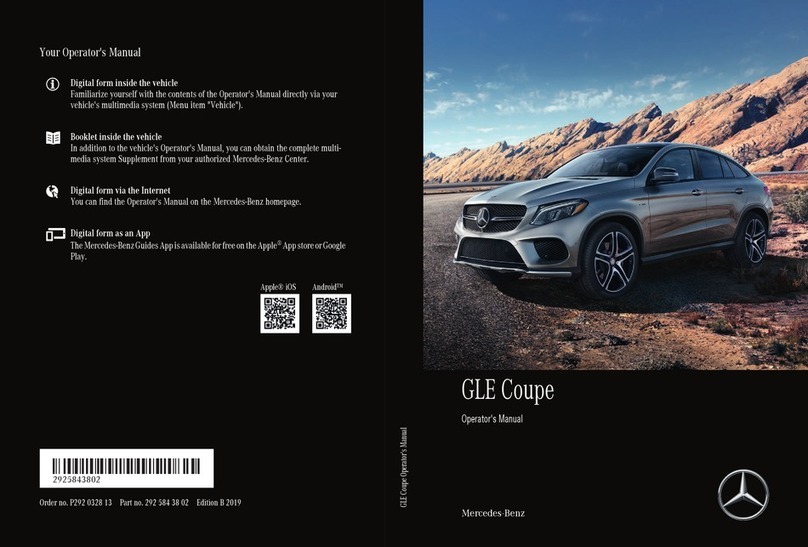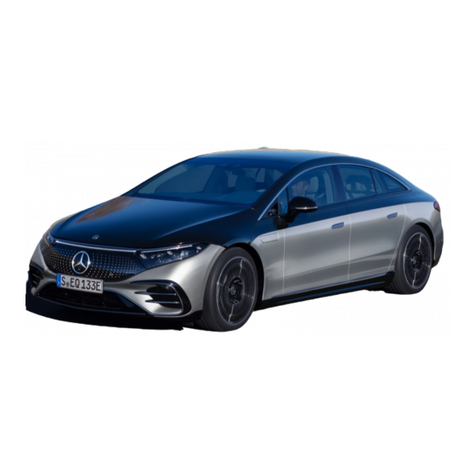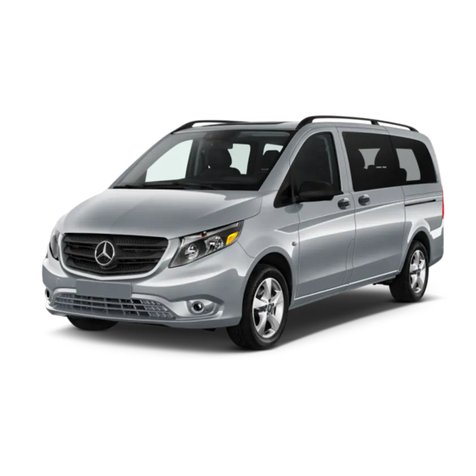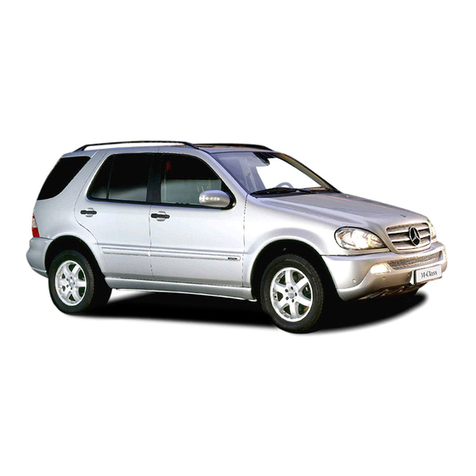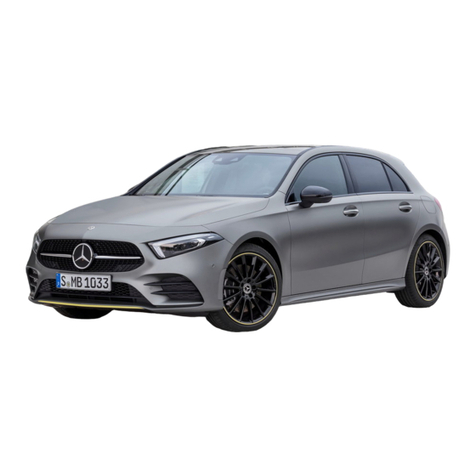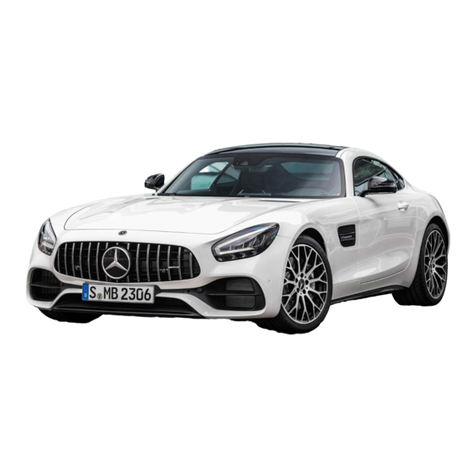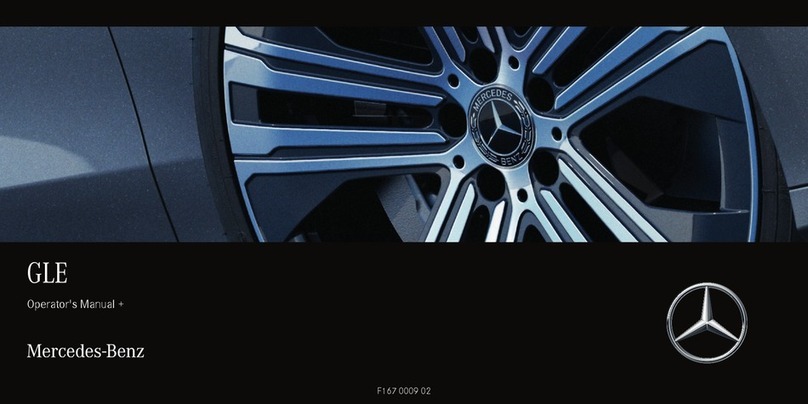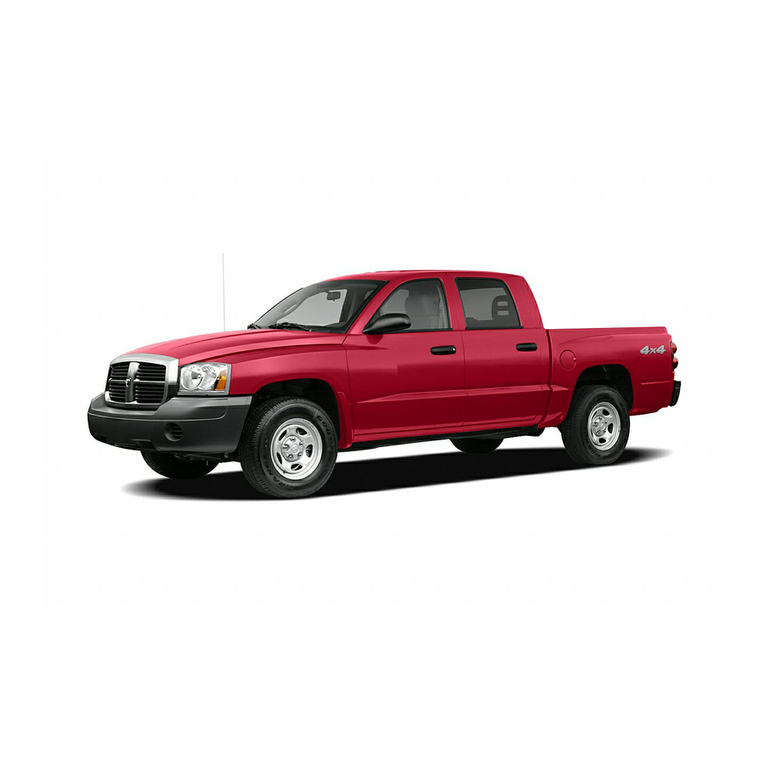
1 Introduction..................................................4
1.1 Aim of this Body-Equipment-Guideline ...........4
1.2 Conventions..................................................4
1.3 Vehicle safety ...............................................5
1.4 Operational safety.........................................6
1.4.1 Important safety notes ..................................6
1.4.2 Diagnostics connection.................................7
1.4.3 Qualified specialist workshop ........................8
1.4.4 Modifications to the vehicle...........................9
1.4.5 High-voltage on-board electrical system ......10
1.4.6 Proper use ..................................................13
1.5 Note on copyright .......................................13
2 General.......................................................14
2.1 Advice for Upfitters about the eSprinter.......14
2.2 Product safety and product liability..............15
2.3 Guarantee of traceability .............................15
2.4 Trademarks.................................................15
2.5 Quality system ............................................15
2.6 Reprocessing of component parts -
recycling.....................................................15
2.7 Accident prevention ....................................15
3 Planning of bodies......................................16
3.1 Vehicle and model designation ....................16
3.2 Model overview...........................................18
3.3 Selecting the basic vehicle..........................20
3.4 Vehicle modifications ..................................26
3.5 Dimensions and weight specifications .........26
3.6 Vehicle identification data ...........................27
3.6.1 QR code rescue sticker ...............................27
3.7 Vehicle stability...........................................29
3.8 Tires ...........................................................29
3.9 Threaded connections and weld joints.........29
3.9.1 Threaded connections.................................29
3.9.2 Weld joints..................................................29
3.10 Soundproofing ............................................29
3.11 Maintenance and repair ..............................29
3.11.1 Storing the vehicle ......................................29
3.11.2 Maintenance and storage of batteries..........29
3.11.3 Work before handing over the modified
vehicle........................................................30
3.12 Special equipment ......................................30
3.13 Adhesive films on the vehicle exterior..........30
4 Technical limit values for planning.............31
4.1 Limit values for the basic vehicle .................31
4.2 Limit values for the suspension ...................31
4.2.1 Suspension.................................................31
4.2.2 Permissible axle loads.................................31
4.2.3 Approved tire sizes......................................32
4.2.4 Turning circle diameter................................32
4.3 Limit values for the body-in-white ................33
4.4 Limit values for the engine peripherals and
drivetrain ....................................................33
4.5 Limit values for the interior..........................33
4.6 Limit values for the electrics and electronics33
4.7 Limit values for the additional assemblies....33
4.8 Limit values for the attachments..................33
4.9 Limit values for the body .............................33
5 Damage prevention ....................................34
5.1 Brake hoses, cables and lines......................34
5.2 Welding work ..............................................34
5.3 Anticorrosion protection measures..............34
5.4 Painting and preservation work ...................34
5.5 Storing and handing over the vehicle ...........34
6 Modifications to the basic vehicle..............35
6.1 Suspension.................................................35
6.2 Body-in-white and body...............................35
6.2.1 General information on the body-in-white ....35
6.3 Engine peripherals and drivetrain ................37
6.3.1 Fuel system ................................................37
6.3.2 Exhaust gas aftertreatment system .............37
6.3.3 Exhaust system...........................................37
6.3.4 Engine cooling ............................................37
6.3.5 Intake air system.........................................38
6.3.6 Free space for major assemblies .................38
6.3.7 Propeller shafts...........................................38
6.3.8 Engine speed regulation ..............................38
6.4 Interior........................................................38
6.5 Attachments ...............................................38
6.5.1 Trailer coupling ...........................................39
7 Design of bodies.........................................40
7.1 General information ....................................40
8 Electrics and electronics............................41
8.1 General information ....................................41
8.2 Electromagnetic compatibility (EMC) ...........42
8.3 Battery........................................................42
8.3.1 12 V on-board electrical system battery ......42
8.3.2 12 V auxiliary battery ..................................43
8.3.3 Maintenance and storage of the battery ......43
8.3.4 Disconnection of vehicle electrical system
voltage........................................................43
8.4 Interfaces and electric lines ........................44
Mercedes-Benz | Supplemental Guideline for eSprinter – Model Series 907, Edition 2023-8
2
Contents




